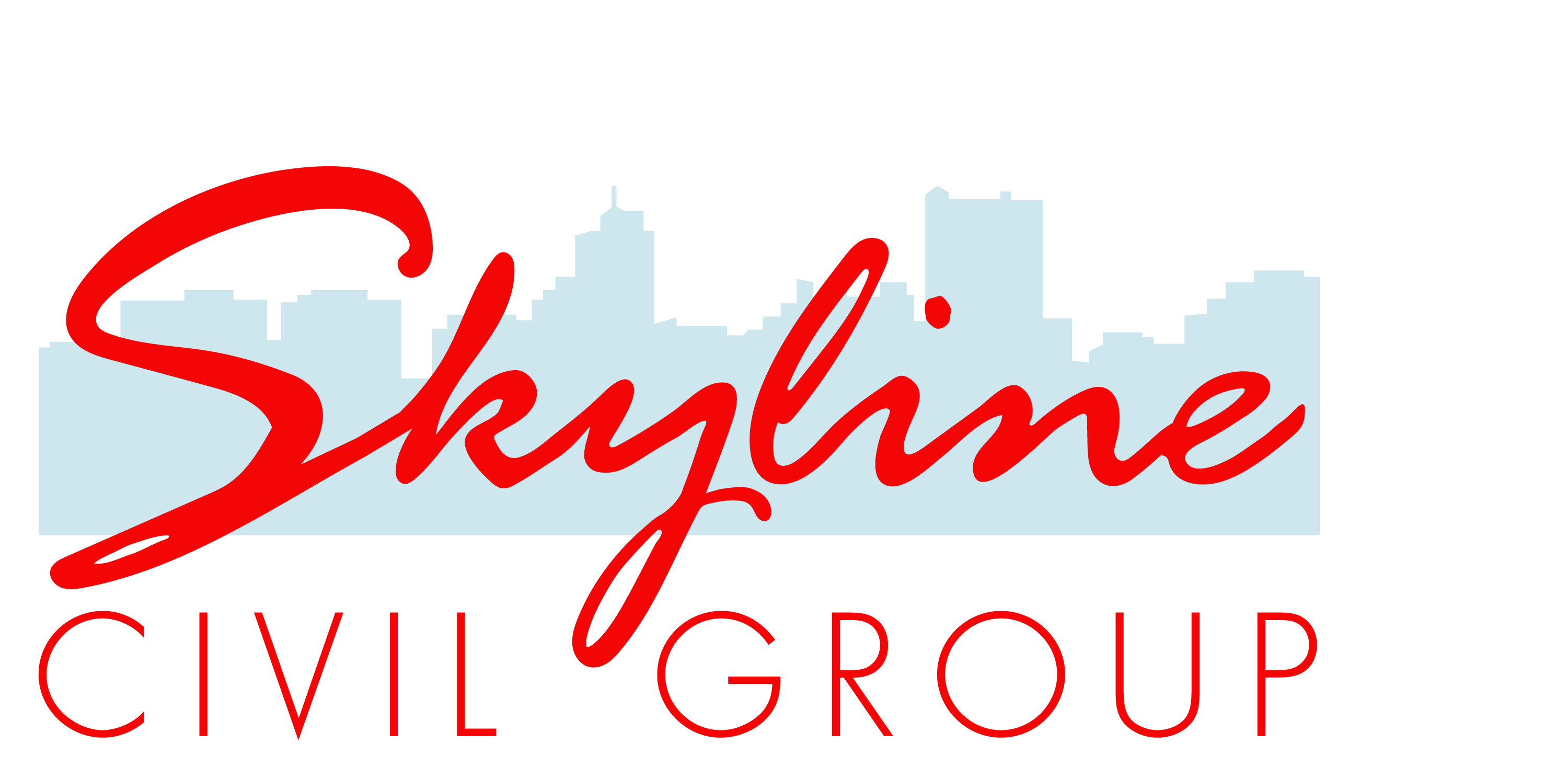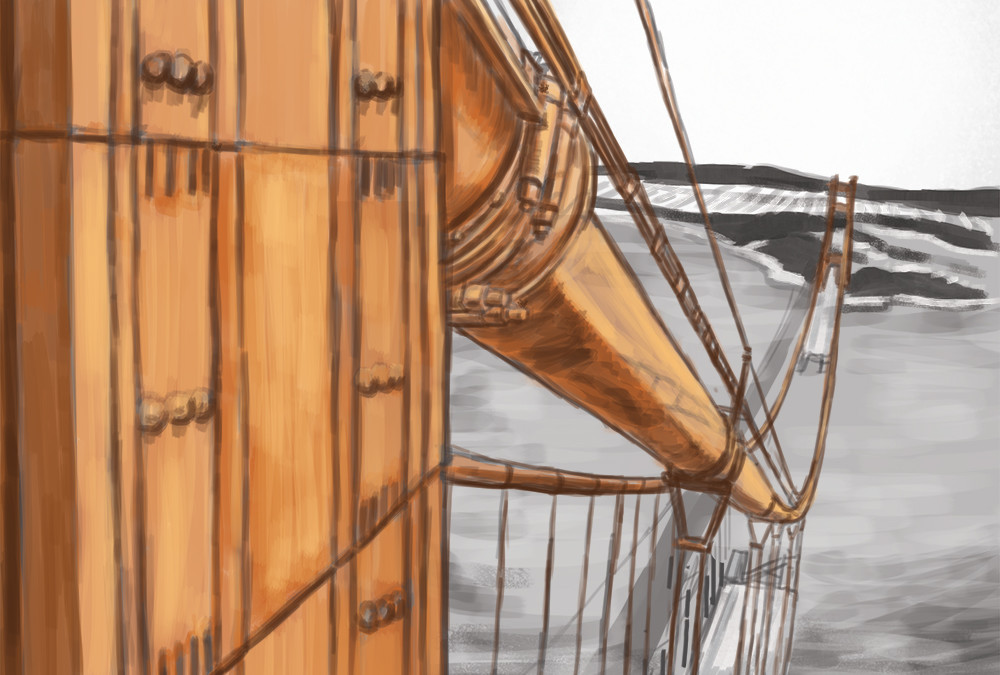A bright orange symbol of human ingenuity set against the mist of San Francisco Bay, the Golden Gate Bridge is one of the most recognizable landmarks in America and possibly the world, just ask Hollywood, as it’s iconic visage has made it the target of everything from giant robot and monster attacks to the setting of both a mutant and ape rebellion. The site has joined the ranks of such structures as the Statue of Liberty and the Eiffel Tower in the pantheon of great feats of engineering in the post industrial world.
Taking its name from the Golden Gate Strait, where San Francisco Bay opens into the Pacific, construction on the Golden Gate Bridge began in January 1933, though the original concept was spawned over a decade before by Joseph Strauss, a structural engineer who had previously worked on designs for inland drawbridges (or bascule bridges). Despite his inexperience with regards to projects as large as the Golden Gate, his proposal garnered attention because his designs showed a bridge that could be completed for only one quarter of the price that other engineers had submitted. He even suggested that the bridge would pay for itself with tolls in short order, and with that the design was accepted by city authorities.
After the plans were submitted, construction was delayed by nearly 6 years of legal action from city some city officials worried about costs and environmental groups, with the biggest resistance coming from the ferry companies who had previously controlled all transport between the city and Marin County on the other side of the bay. Despite their fight to maintain that control, increased traffic congestion at the docks over the next 6 years became their undoing, they had too much business and they eventually caved under the weight of the need for such a project.
Strauss was extremely safety conscious during construction, insisting that all of the men not only had the right safety harnesses and hard hats (equipment required in all modern projects) but he even had them working on a special diet designed to deter dizziness.
Though Strauss was the chief engineer in charge of the project, his lack of experience with cable-suspension bridges meant that much of the engineering and architecture was left to other experts. Leon Moiseiff, the architect of the Manhattan Bridge, was the one who pushed for a more graceful curve of the suspension design. His input was added to the likes of Irving Morrow, who designed the shape of the bridge towers, lighting scheme for the project, and added in some of the structures art deco elements. Charles Alton Ellis, also worked with Moisseiff to create a thin flexible roadway that would bend in the wind and reduce stress on the overall structure.
The orange of the bridge was originally supposed to be used as just a sealant, with the US Navy pushing for the bridge to be painted with black and yellow stripes for better visibility, a choice that might have been recognizable, but definitely not as iconic as the site would become.
In May of 1937 the bridge was finally completed, the celebration of its opening lasted a fully week. The day before it was opened for vehicle traffic it’s estimated that around 200,000 people crossed the 3-mile bridge on foot and roller skates, something that was repeated as part of the 50th anniversary in 1987.
One can be certain that the glowing beacon of the Golden Gate will continue to light the way for travelers to San Francisco for decades to come, and I’m sure it will continue to be part of American history and pop culture for many more years.

